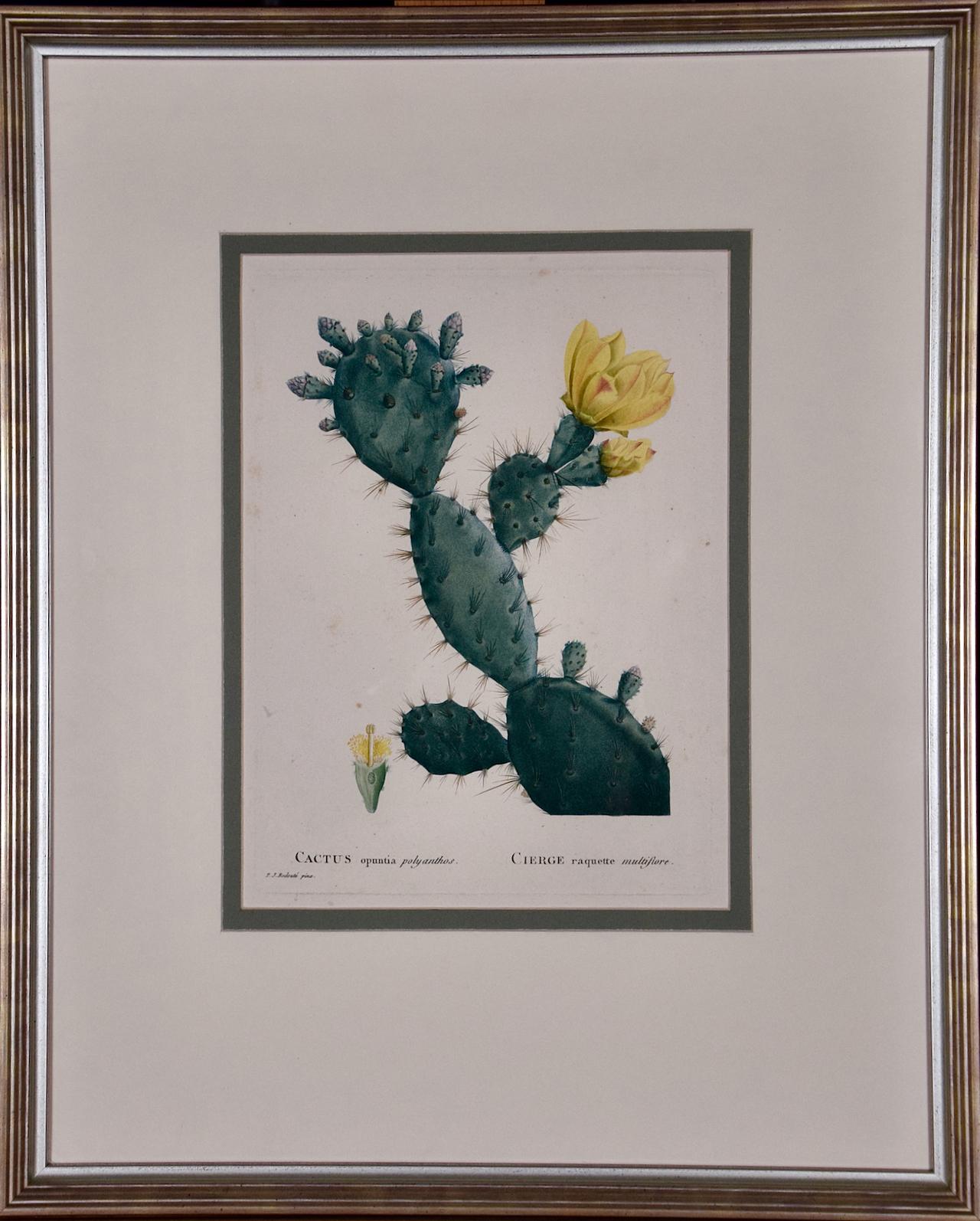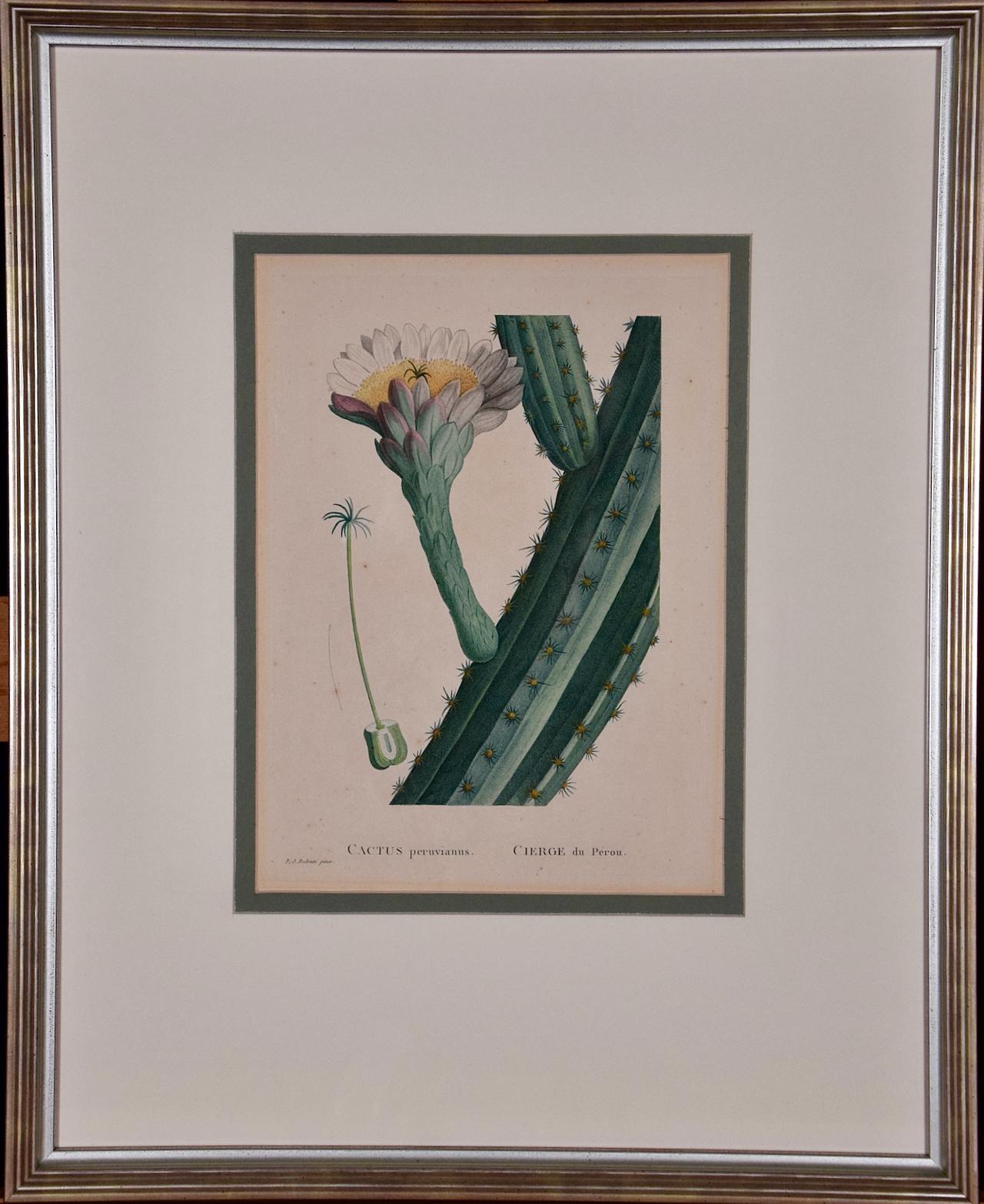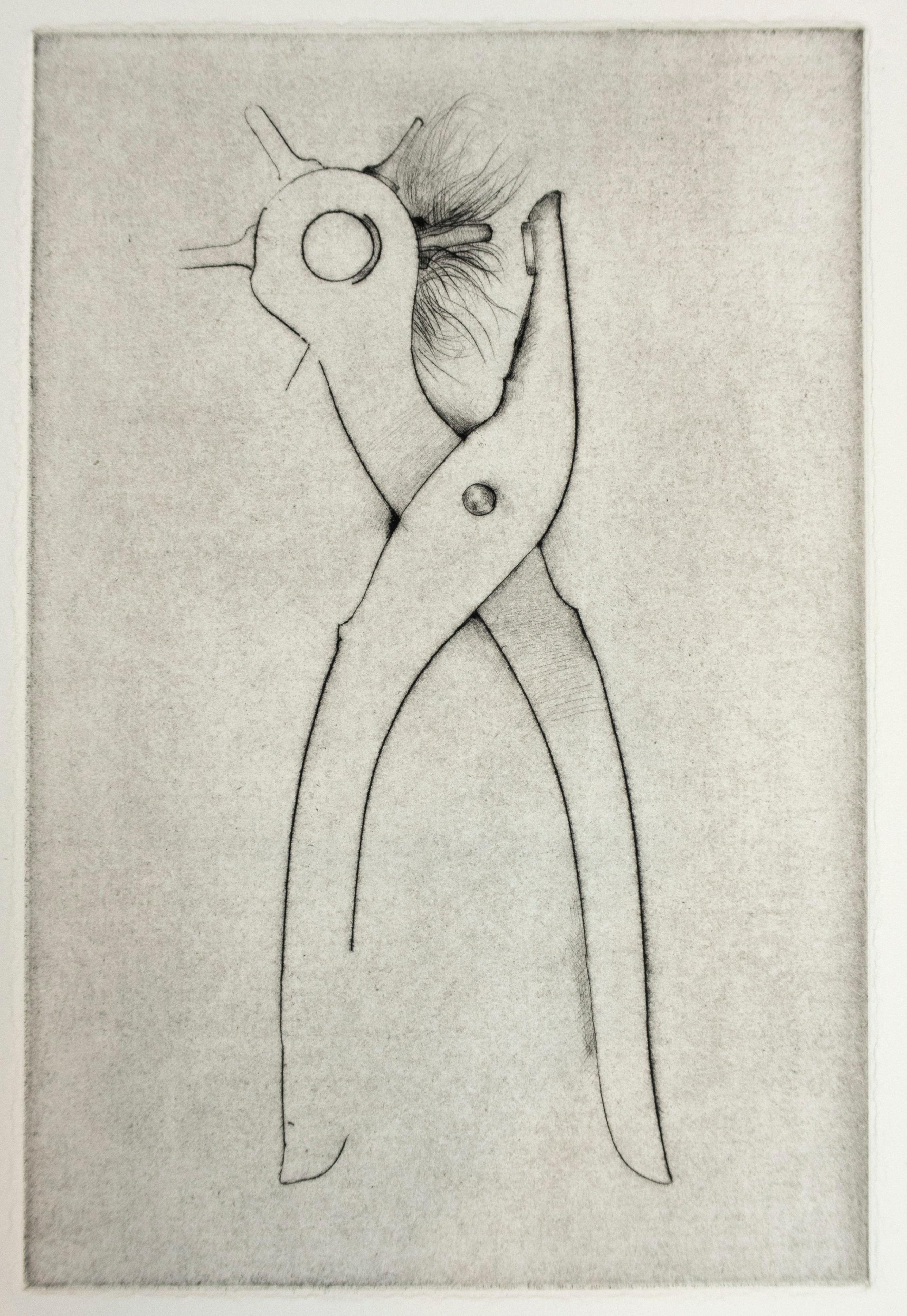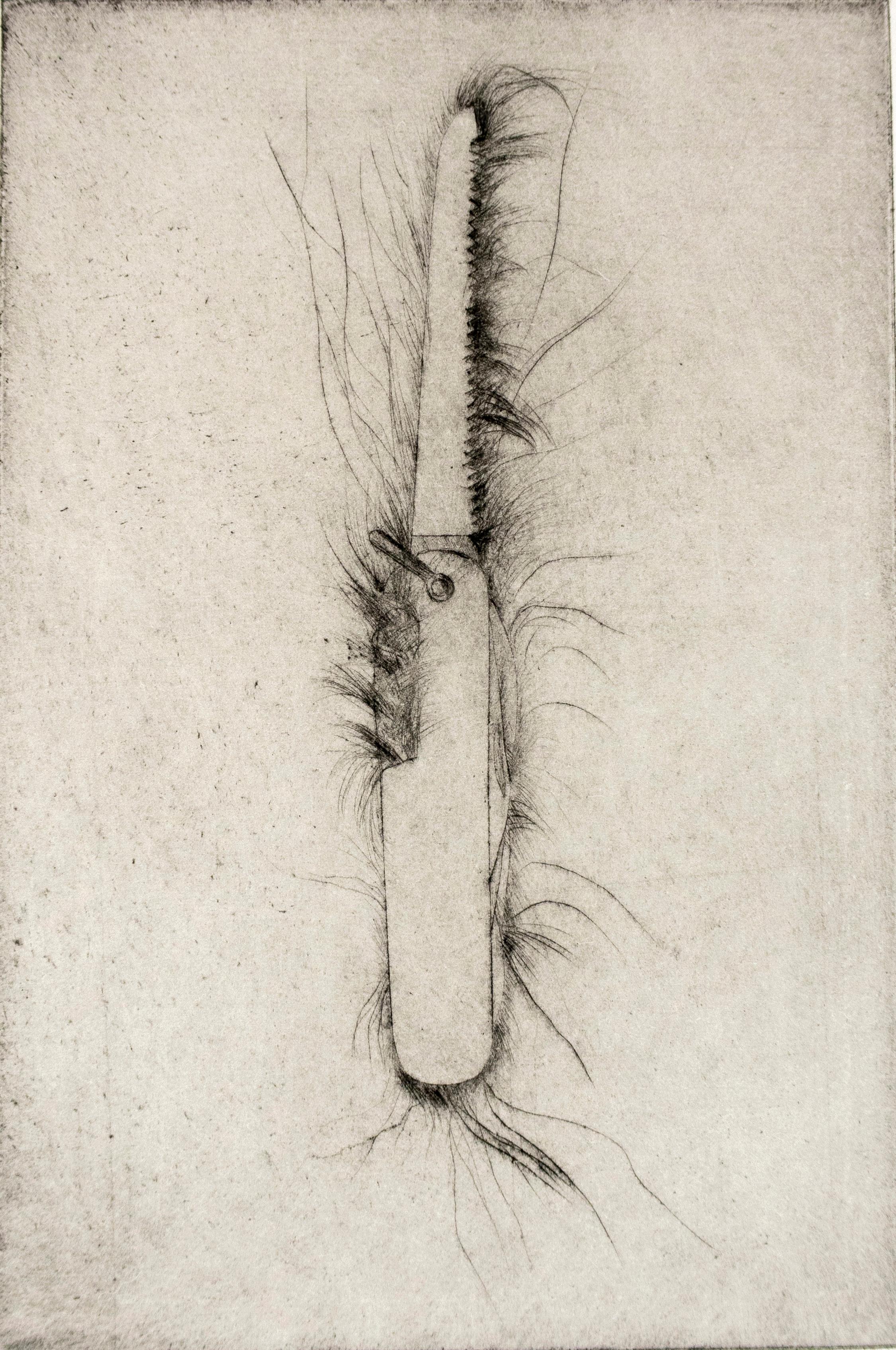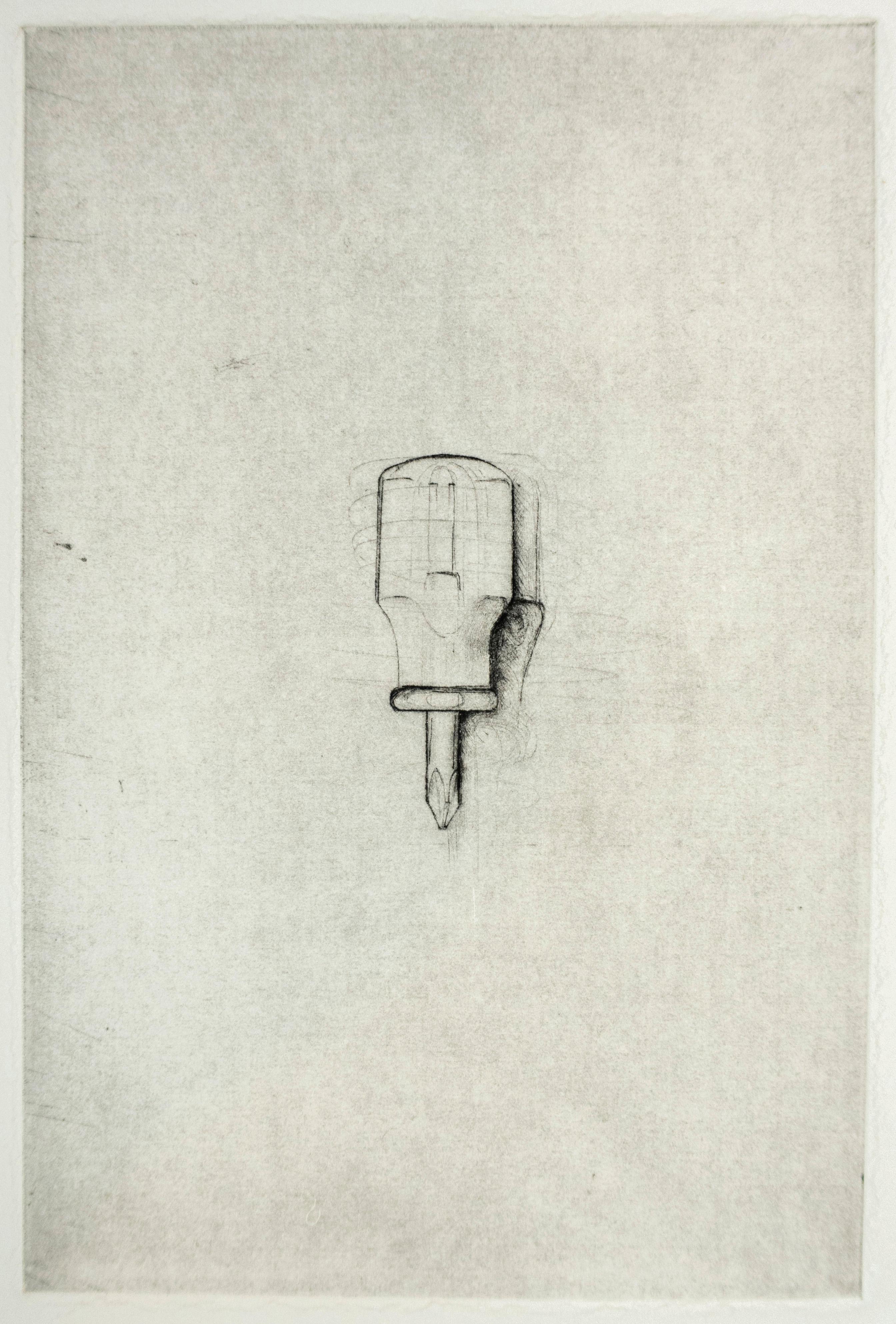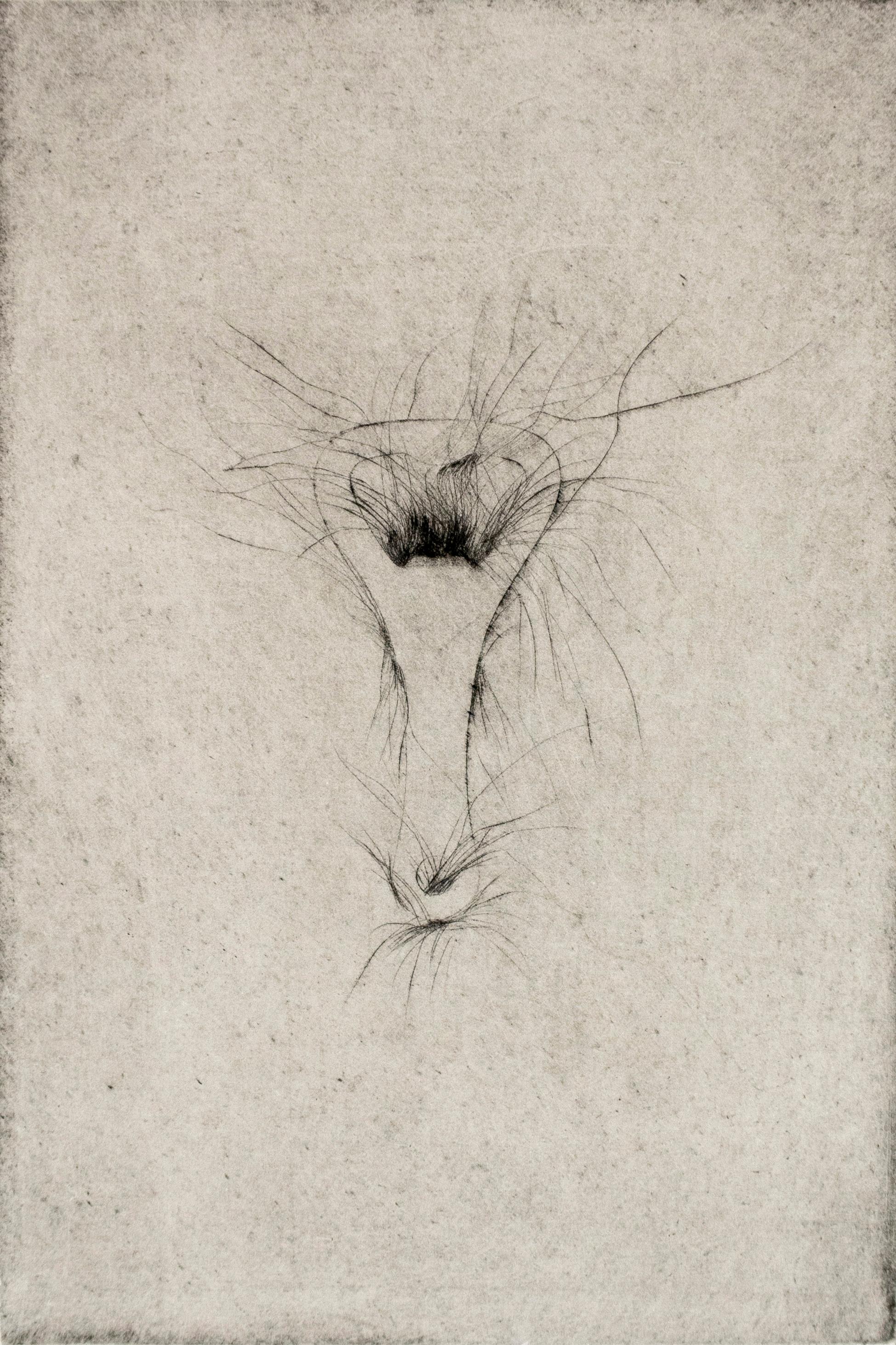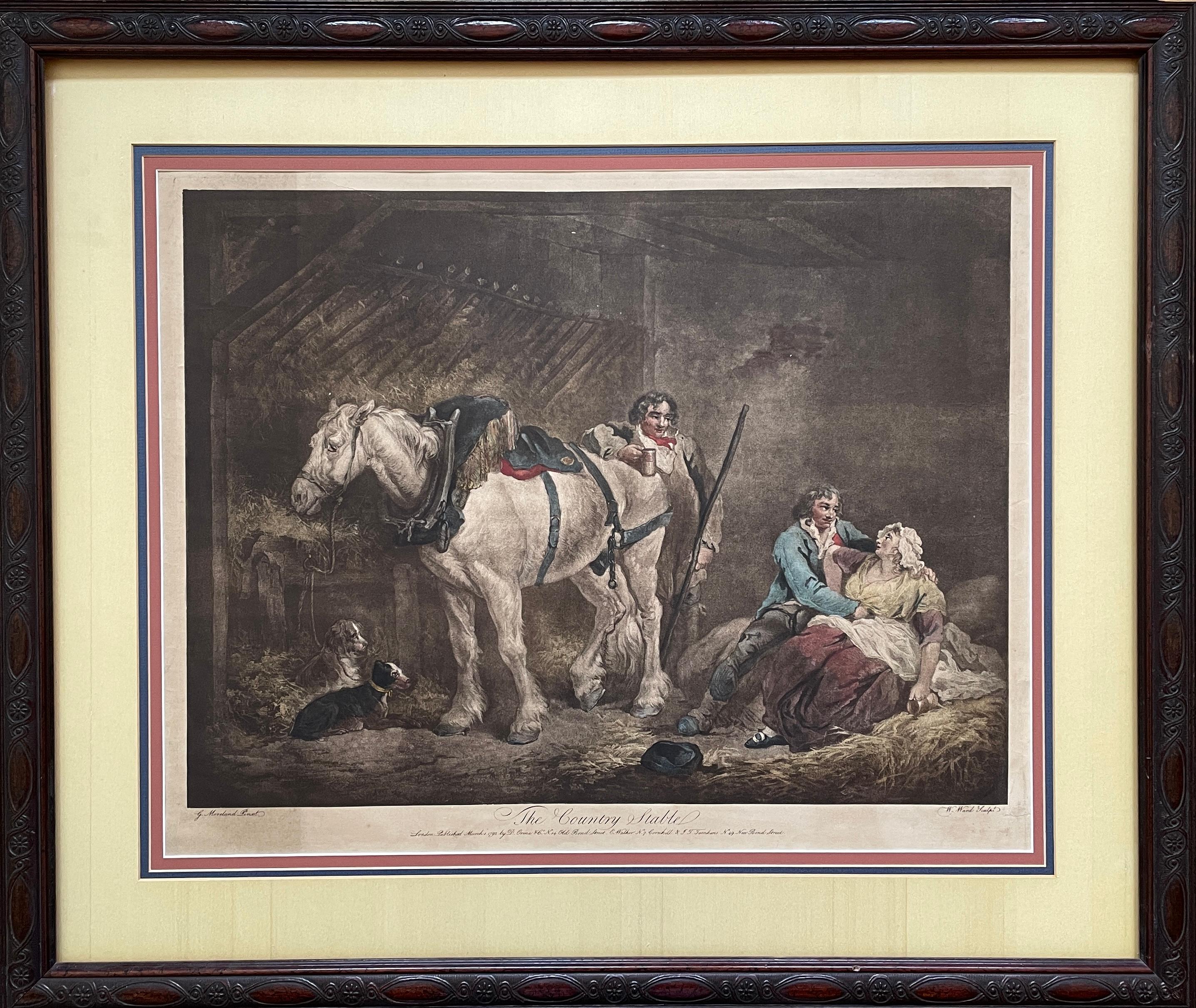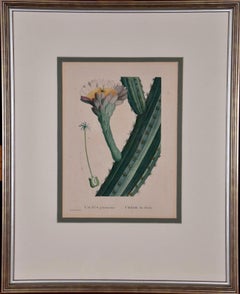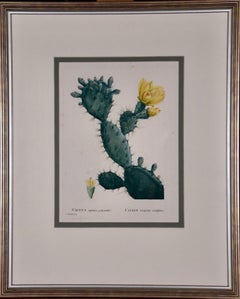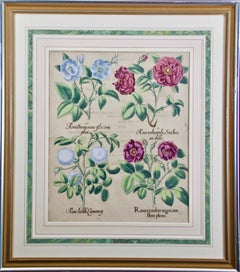
A Pair of 19th C. Framed Hand Colored Edwards' Botanical Engravings of Flowers
Want more images or videos?
Request additional images or videos from the seller
1 of 15
Sydenham EdwardsA Pair of 19th C. Framed Hand Colored Edwards' Botanical Engravings of Flowers1834
1834
About the Item
- Creator:Sydenham Edwards (1768 - 1819, British)
- Creation Year:1834
- Dimensions:Height: 18 in (45.72 cm)Width: 16.75 in (42.55 cm)Depth: 0.63 in (1.61 cm)
- Medium:
- Movement & Style:
- Period:
- Condition:
- Gallery Location:Alamo, CA
- Reference Number:Seller: #'s 3339 & 33421stDibs: LU117324645821
About the Seller
5.0
Platinum Seller
These expertly vetted sellers are 1stDibs' most experienced sellers and are rated highest by our customers.
Established in 2011
1stDibs seller since 2019
233 sales on 1stDibs
Typical response time: 1 hour
More From This SellerView All
- Redoute Hand-colored Engraving of Cactus Flowers "Cactus Peruvianus Cierge"By Pierre-Joseph RedoutéLocated in Alamo, CAThis framed hand-colored stipple engraving entitled "Cactus Peruvianus Cierge du Pérou" by Pierre-Joseph Redouté, Plate 58 from his illustrated publication 'Plantarum Historia Succulentarum ou Histoire des Plantes Grasses', published in Paris in 1799. It depicts a branching limb of a cactus with a beautiful flower. There is a separate detail of the anatomy of a seed with early growth. Redoute was a pioneer of the stipple engraving technique, which he used to create this image. It involves utilizing a series of small dots worked into a copper plate rather than the more common lines. These dots can be made smaller or thicker depending on the degree of opacity the artist intends for various areas of the print. When inked and applied to paper, this allows for a greater portion of the paper to be seen, which accentuates the appearance of luminosity of the subject the artist is creating. Different color inks are used in the printing process, a time consuming technique known as "a la poupee". The engraving is then finished with watercolor to further enhance the beauty and realism of the print subject. This engraving of a flowering cactus is presented in silver-colored ribbed wood frame and a double mat; cream-colored outer mat and heather green inner mat. The frame measures 21.25" high by 17.25" wide by 1.13" deep. The sheet measures 19.88" high by 14" wide. There are wide margins with a few short tears and chips along the the left, right and upper edges, which are all covered by the mat. There are small spots predominantly in the margins, with a few present in the image area. The print is otherwise in very good condition. There is another Redoute flowering cactus listed on 1stdibs, LU117326853392, which is framed and matted identically to this one. The pair would make an attractive display grouping. Pierre-Joseph Redouté (1759-1840), was a painter and botanist originally from Belgium, who pursued his extremely successful artistic career in France. He is well known for his watercolor paintings of roses, lilies and other flowers and their subsequent folio-sized, color stipple engravings. Some believe him to be the greatest botanical illustrator of all time. Redouté was a favorite of the French royal court at the time and of the post French...Category
Late 18th Century Naturalistic Still-life Prints
MaterialsEngraving
- Flowering Cactus: Redoute Hand-colored Engraving "Cactus Opuntia Polyanthos"By Pierre-Joseph RedoutéLocated in Alamo, CAThis hand colored stipple engraving entitled "Cactus Opuntia Polyanthos, Cierge Raquette Multiflore" by Pierre-Joseph Redouté, Plate 59 from his illustrated publication 'Plantarum Historia Succulentarum ou Histoire des Plantes Grasses', published in Paris in 1799. Redoute was a pioneer of the stipple engraving technique, which he used to create this image. It involves utilizing a series of small dots worked into a copper plate rather than the more common lines. These dots can be made smaller or thicker depending on the degree of opacity the artist intends for various areas of the print. When inked and applied to paper, this allows for a greater portion of the paper to be seen, which accentuates the appearance of luminosity of the subject the artist is creating. Different color inks are used in the printing process, a time consuming technique known as "a la poupee". The engraving is then finished with watercolor to further enhance the beauty and realism of the print subject. This engraving of a flowering cactus is presented in a double mat; white outer mat and heather green inner mat.The mat measures 20" x 16" and the sheet measures 19.5" x 13.38". There are wide margins with a few short tears and chips along the the right and upper edges, which are all covered by the mat. There are small spots predominantly in the margins, but a few are present in the image area, but the print is otherwise in very good condition. There is another Redoute flowering cactus listed on 1stdibs, LU117326854582. The pair would make an attractive display grouping. Pierre-Joseph Redouté (1759-1840), was a painter and botanist originally from Belgium, who pursued his extremely successful artistic career in France. He is well known for his watercolor paintings of roses, lilies and other flowers and their subsequent folio-sized, color stipple engravings. Some believe him to be the greatest botanical illustrator of all time. Redouté was a favorite of the French royal court at the time and of the post French...Category
Late 18th Century Naturalistic Still-life Prints
MaterialsEngraving
- Besler Red Roses, "Rosa ex rubro": A 17th C. Hand-colored Botanical EngravingLocated in Alamo, CA"Rosa ex rubro nigricans"; a hand colored copper engraving from Basilius Besler's landmark work, Hortus Eystettensis (Garden at Eichstatt), first published in 1613 in Eichstatt, Germany near Nuremberg and later in 1640 and 1713. This engraving is presented in a glossy silver and matte gold-colored wood frame with a green edge and an elaborate double cream-colored French mats with light mauve bands; each accented by a broad decorative marbleized green band. It is glazed with plexiglass. There is text offset and a very small crease in the left margin, but the print is otherwise in excellent condition. Provenance: W. Graham Arader Gallery...Category
17th Century Old Masters Figurative Prints
MaterialsEngraving
- Buttercup Flowers: A Besler 18th Century Hand-colored Botanical EngravingLocated in Alamo, CAThis is a hand-colored copper plate engraving depicting Ranunculus (Persian Buttercup) flowers from Basilius Besler's landmark work, Hortus Eystettensis (Garden at Eichstatt), first ...Category
Early 18th Century Academic Still-life Prints
MaterialsEngraving
- Flowering Iris & Other Botanicals: Framed 17th C. Besler Hand-colored EngravingLocated in Alamo, CAThis is a hand-colored copper-plate engraving entitled "I. Spatula foetida - II. Caucalis Dodonei - III. Cruciata", depicting three flowering plants, including an Iris, from Basilius Besler's landmark work, Hortus Eystettensis (Garden at Eichstatt), first published in 1613 in Eichstatt, Germany near Nuremberg and later in 1640 and 1713. This beautiful hand-colored botanical engraving is presented in a gold-colored wood frame with a French mat...Category
Mid-17th Century Academic Still-life Prints
MaterialsEngraving
- Besler Autumn Snowflake and Meadow Saffron Flowers: 17th C. Botanical EngravingLocated in Alamo, CAA hand-colored copperplate engraving entitled "Leucoium bulbosum autumnale tenufolium (Autumn Snowflake); Colchicum vulgare Polyanthos; Colchicum biflorum; Colchicum vulgare album; C...Category
17th Century Old Masters Figurative Prints
MaterialsEngraving
You May Also Like
- Heinrich Ulrich after Paul Mair, Guard of Emperor Rudolph, Soldier, LandsknechtLocated in Greven, DEHeinrich Ulrich (aka Heinrich Ullrich) (fl.1567–1621) “Soldier with Hellebarde”, 1598, out of the series, “The Guard of Emperor Rudolph” (aka “Old German Soldiers...Category
16th Century Renaissance Figurative Prints
MaterialsEngraving
- Maerten De Vos, Baptista Vrints, Christ Baptism, Engraving, Old MasterBy Maerten De VosLocated in Greven, DEMaerten de Vos after J Baptista Vrints Baptism Scene EngravingCategory
17th Century Renaissance Figurative Prints
MaterialsEngraving
- Tool Drypoint: Paintbrush by Jim Dine, black and white tool still life sketchBy Jim DineLocated in New York, NYJim Dine drew the plate for this image in the same period as his “Thirty Bones of My Body” 1972 portfolio of drypoint tool images. Crisbrook paper (30 x 22 in. / 76.2 x 56 cm.) and p...Category
1970s Modern Figurative Prints
MaterialsDrypoint
$2,000 Sale Price20% Off - Tool drypoint: Weed puller by Jim Dine, black and white tool still life sketchBy Jim DineLocated in New York, NYJim Dine drew the plate for this image in the same period as his “Thirty Bones of My Body” 1972 portfolio of drypoint tool images. Crisbrook paper (30 x 22 in. / 76.2 x 56 cm.) and p...Category
1970s Modern Figurative Prints
MaterialsDrypoint
- Hole Punch (Jim Dine 30 Bones of My Body portfolio) tool dry pointBy Jim DineLocated in New York, NYThe hand tool is undoubtedly Jim Dine’s most iconic motif. Meticulously catalogued in rows like scientific specimens or sketched individually, hammers, awls, brushes, saws and screwd...Category
1970s Pop Art Figurative Prints
MaterialsDrypoint
- Drypoint: Hand saw by Jim Dine, black and white tool still life sketchBy Jim DineLocated in New York, NYJim Dine drew the plate for this image in the same period as his “Thirty Bones of My Body” 1972 portfolio of drypoint tool images. Crisbrook paper (30 x 22 in. / 76.2 x 56 cm.) and plate size ( 9 x 6 in. / 23 x 15 cm.) are the same. This drypoint comes from the archive of the publisher Petersburg Press. Signed by the artist, numbered 7/10, and dated 1972 lower center in pencil. Edition 10: this impression 7/10. Here, the blade of a hand saw...Category
1970s Modern Figurative Prints
MaterialsDrypoint
Recently Viewed
View AllMore Ways To Browse
Corner Book Pair
Antique Gray Wood Stain
Antique Ridgway Plates
Framed Bird Botanical Prints
Framed Botanical And Bird Prints
Botanical Print Pair Framed
M Hart Print
James M Hart
Salvador Dali Sets
Pablo Picasso Vallauris
Peace Sign Sculpture
Vintage Mural
Bizarre Vintage
Portrait Of Clown
Geisha Art
Marc Chagal Large
Rome Ruins
Vintage Limited Clothing
